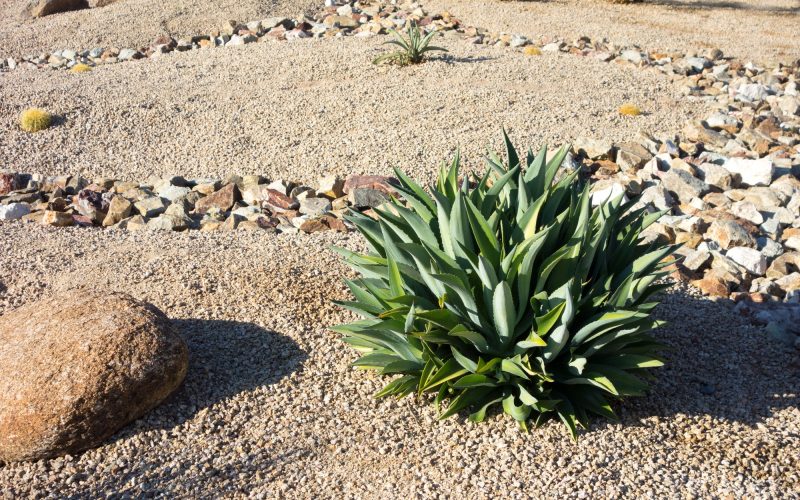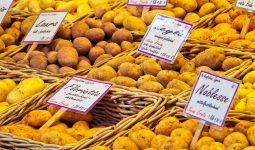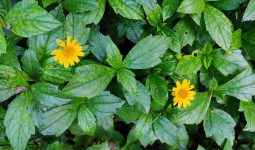The continual rise of global warming has undoubtedly contributed to the incidence of drought, especially in regions already prone to drought.
Considering that Colorado has a dry climate, it is important to know about drought tolerant plants in Colorado as this will make gardening less difficult in this region.
According to the Colorado Climate Centre records, drought has often been described as a frequent occurrence in Colorado.
Historically, Colorado is said to have experienced several years of severe drought. Today, climate change has only worsened this hazard.
A shortage of water often characterizes drought, and it is no secret that water shortage influences the growth of plants.
Hence, in regions like Colorado experiencing drought, it is important to cultivate drought tolerant plants.
Due to the rise of drought and its attendant effect in the state, the Colorado Drought Mitigation and Response Plan was set in place to provide an effective and systematic method for the state to lessen the impacts of water shortages over the short or long term.
Cultivating drought tolerant plants falls under the managing landscape irrigation aspect of water conservation planning, which is part of the goal of the Colorado Drought Mitigation and Response Plan.
Drought tolerant plants are plants that tend to need less water. It is worth noting that these plants require water, although substantially less than many other choices.
With plants like this in your yard, you conserve water while maintaining beautiful scenery. Read on as we examine drought tolerant plants in Colorado.
Drought Tolerant Plants in Colorado
1. Hawthorn Tree
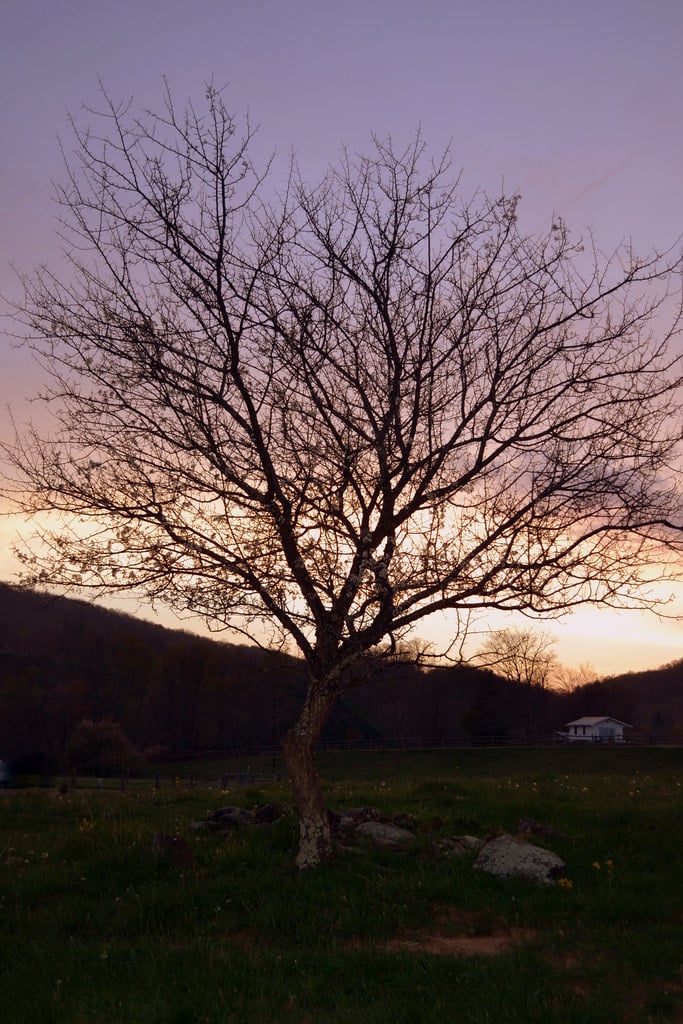
The Hawthorn tree is one of the drought tolerant plants in Colorado.
Although this plant is native to northwestern Africa and West Asia, some species are also native to North America.
Species like river hawthorn, shiny leaved hawthorn, and fleshy hawthorn can be found growing and striving in the Colorado heat.
Known botanically as Crataegus from the Greek word Kratos for strength, this hardy plant has strong wood.
Other common names for hawthorn are thornapple, quickthorn, and whitethorn. All these names allude to the thorny branches of the tree.
The hawthorn grows as a shrub or small tree and makes a nice addition to the garden or landscape.
It also has a dense form and can grow up to 15 to 25 feet tall. Its leaves are triangular with serrated edges and grow in clusters or spirally on long shoots.
The tree’s bark is another fascinating aspect of this plant, as it comes in golden yellow that peels naturally.
Hawthorn produces beautiful showy flowers that come in red, white, or pink shades and eye-catchy red fruits.
The fruits are like berries, attracting many birds and pollinators to this tree.
The hawthorn plant does well in the sun and tolerate a wide range of soil, which makes it a great addition to the Colorado landscape.
Two seasons of normal watering will establish their roots enough to withstand dry conditions. The plant is also disease resistant and easy to maintain.
2. Buffalo Grass
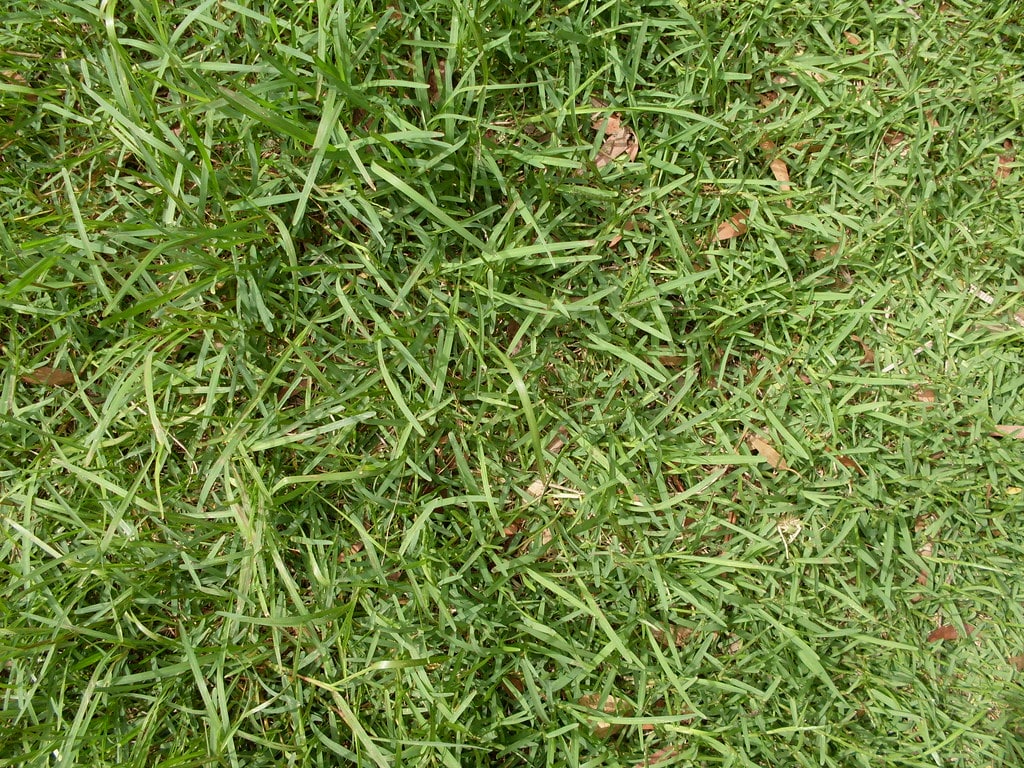
Buffalo grass is a warm-season, low-growing perennial plant native to Colorado and North America.
It goes by the scientific name Buchloë dactyloides, and the plant is a good option for a water-conserving lawn.
The grass has a fine texture and an attractive uniform appearance, with slightly curly blades.
Buffalo grass grows 8-10 inches and has fine hairs on upper and lower surfaces. The hairs on the blades are not obvious.
They are actually an adaptation technique that helps decrease air movement across the surface of the leaves, lowering the potential for water loss.
The grass makes the lawn lush while reducing water use because of its drought tolerant nature. The plant does not tolerate standing water and does well in well-drained sandy soil.
This drought tolerant plant can be mowed or even left naturally. When mowed, it gives the landscape a manicured look, and when left to grow naturally, it reduces the maintenance needs while giving your landscape a natural prairie look.
In this untamed state, the grass flowers and produces seeds, attracting wildlife such as birds and butterflies.
It can survive extreme environmental conditions and tolerates sunlight well. Buffalo grass survives cold winter temperatures through dormancy.
3. Lavender

The lavender flower, which goes by the botanical moniker Lavandula, is one of the world’s most aromatic and ancient flowers. It is also among the drought tolerant plants in Colorado.
Because of its Mediterranean origin, the hardy variety of lavender will survive the drought in Colorado.
The species of lavender that will strive well here are the English Lavender and Lavandins.
Lavender grows 2-3 feet tall in full sun and will survive cool winters and hot, dry summers. It also prefers slightly alkaline soils that are well-drained.
Lavender is susceptible to root rot. Hence, flower pots or gardens shouldn’t be waterlogged.
It is a beautiful plant that adds aesthetics and fragrance to the garden. No wonder it was associated with cleansing in ancient times.
It was employed by the ancient Egyptians in embalming, the Romans in their bathhouses, and medieval monks in tonics and laundries. Even today, this plant has been used in culinary and medicine.
Lavender plant has silver-green foliage with thin stems that have beautiful and heavily scented flowers at the tip. The flowers come in white, pink, blue, and all shades of purple.
They are a sight to behold in flower beds, rock gardens, and mass plantings, and they can also be used for formal or informal edging along walkways, raised walls, and borders.
4. Fringed Sage

Fringed sage is native to Western North America and is among the drought tolerant plants in Colorado.
Known scientifically as Artemisia frigid, it is a low-growing semi-evergreen plant with aromatic leaves and stems.
Fringed Sage grows up to a height of approximately 18 inches. The plant grows in clusters, spreading like a mat with upright semi-woody stems up to 12 feet tall and spreading to 3 feet wide.
The plant has silver-gray leaves that are soft and feathery, with a pleasant fragrance. It also produces inconspicuous yellow flowers.
Fringed sage will strive under well-drained soil in full sun and become drought tolerant once established.
This plant is useful for landscaping and is excellent as a groundcover or garden accent.
5. Aromatic Aster
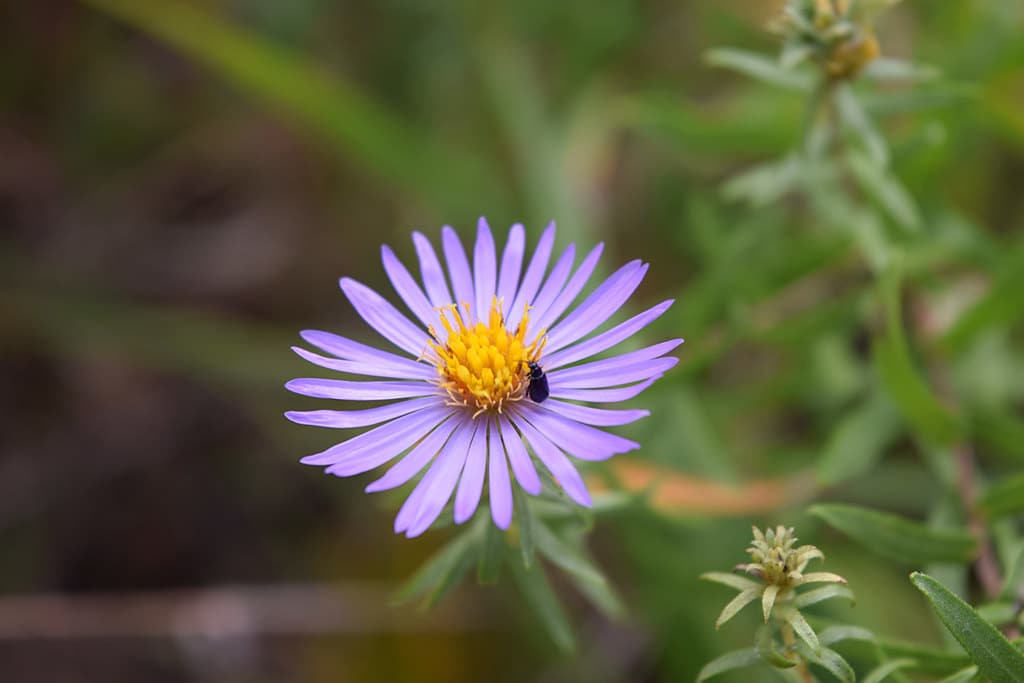
Aromatic aster is a perennial wildflower native to North Eastern and Central United States.
It goes by the scientific name– Symphyotrichum oblongifolium, and it can also survive drought in California.
Its common name- Aromatic aster, is from the balsam-like fragrance it gives off when its leaves are crushed.
The plant grows from 1–3 feet tall and forms a densely-branched, compact mound covered with abundant violet-blue daisy-like flowers.
The flowers are attractive, appear in clusters, and are generally low to the ground. The flowers have a long bloom season lasting from late summer until the first frost.
This hardy plant grows in full sun to part day and tolerates poor soils. Aromatic aster flowers make a great choice for year-round color in the garden since the plant tolerates frost too.
6. Apache Sunset

Also among the drought tolerant plants in Colorado is Apache Sunset.
The plant is native to North America, China, and Japan, where they grow in poor, dry ground, which makes it adapt perfectly to the drought of Colorado.
The botanical name Agastache rupestris alludes to the Greek words oragan, meaning “very much,” and Stachys meaning “ear of wheat,” due to the appearance of the flower spikes.
The common name Apache Sunset references the colors of its flowers which look like a sunset.
The flowers come in shades of apricot-orange with contrasting rosy violet buds and finely cut aromatic grey-green leaves.
When it blooms in the summer, the sunset flower spikes, and silvery gray leaves look sparkling when the sunlight hits them.
It also goes by the common name- rock anise hyssop or licorice hyssop because of the minty-licorice-root beer aroma of the leaves.
This plant grows upright to 2-3 feet tall in free-draining soil in full sun. Because of its water-wise characteristics, the plant is low maintenance and a good choice for gardeners with limited water and space since it does well even in containers.
7. African Daisy

As the name infers, the African daisy is native to South Africa. It belongs to the same genus of daisy-like flowers within the Asteraceae family.
Its scientific name is Osteospermum, while other common names are; South African daisy, cape daisy, blue-eyed daisy, and daisy bush.
This plant resembles common daisies, with petals radiating around a center disk. African daisies’ shrub-like appearance makes them a nice ground cover in gardens.
The flowers are beautiful, and unlike the common daisies, they come in vivid colors of varying shades – yellow, red, blue, purple, cream, white, or multicolored petals and blue or yellow centers- depending on the variety.
The center disks of the flowers look like they’re colored with metallic paint, and African daisies’ leaves vary by species. The leaves are green, and some species have leaves that can be lance-like or broadly ovate and smooth, toothed, or lobed.
They do well in full sunlight and can grow in a wide range of soil, even on sandy or rocky soil.
African daisy is susceptible to root rot, hence allowing the soil to dry between watering. Once established, they are drought tolerant. It is also resistant to heat and slight frost.
8. Yarrow

Another drought tolerant plant to be examined in this article is yarrow.
Also called Achillea millefolium scientifically, yarrow is indigenous to the temperate zones of the Northern Hemisphere in Europe, Asia, and North America.
The yarrow plant can grow 2 to 3 ft” tall and 2 to 3 ft” wide, depending on the cultivar.
The plant is also called plumajillo in Spanish, which means “little feather” because of the distinctive feathery shape and lacy texture of the plant’s aromatic leaves.
The leaves of this plant are oblong to linear, while the flowers are clustered and shaped like a miniature umbrella on long, slender stems.
These flowers are in varying shades of deep red, pink, rose, yellow, apricot, and white.
Yarrow is a hardy, low-maintenance pest-resistant plant that grows well in full sun. It is water-saving and hence becomes a good drought tolerant plant once established.
9. Chocolate Daisy
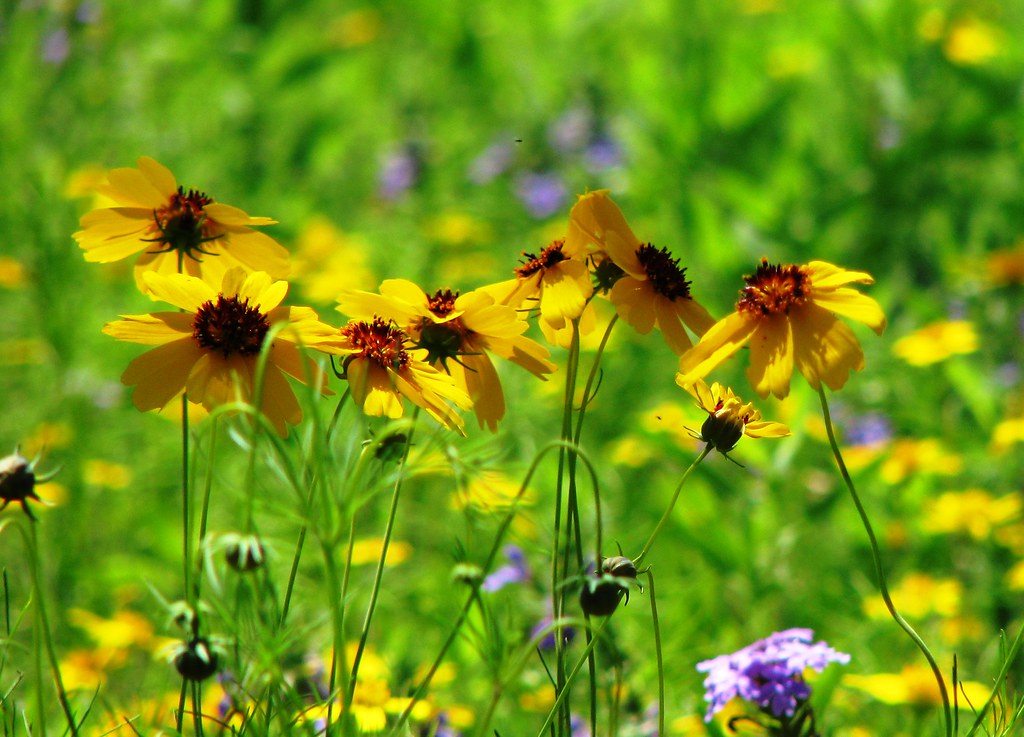
Chocolate daisy, as the name infers, belongs to the Daisy family.
Its botanical name is Berlandiera lyrata, and the common name Chocolate daisy is derived from the fragrance of its flowers that smell like chocolate.
The plant is indigenous to the South Western United States and Mexico. It is a hardy plant that requires little care and is easy to grow.
Chocolate daisy is among the drought tolerant plants in Colorado.
Another name for this plant is green-eyes, and it comes from the green disk-shaped flower center that remains after the petals fall off.
The plant is a delicate-looking perennial wildflower; its leaves are elongated and slightly lobed like a lyre with a velvety feel.
The plant grows from 1 to 2 feet in length and spreads equally. The flowers are yellow with eight petals in a simple ray shape.
It blooms from spring until frost, with the heaviest blooming time around the summer solstice. In warm weather, chocolate daisies can bloom year-round.
The plant grows in well-drained soil and can survive the drought of Colorado.
Its distinctive chocolate fragrance is the strongest in the morning, while the afternoon’s heat makes it a bit listless, but it will revive the following day.




